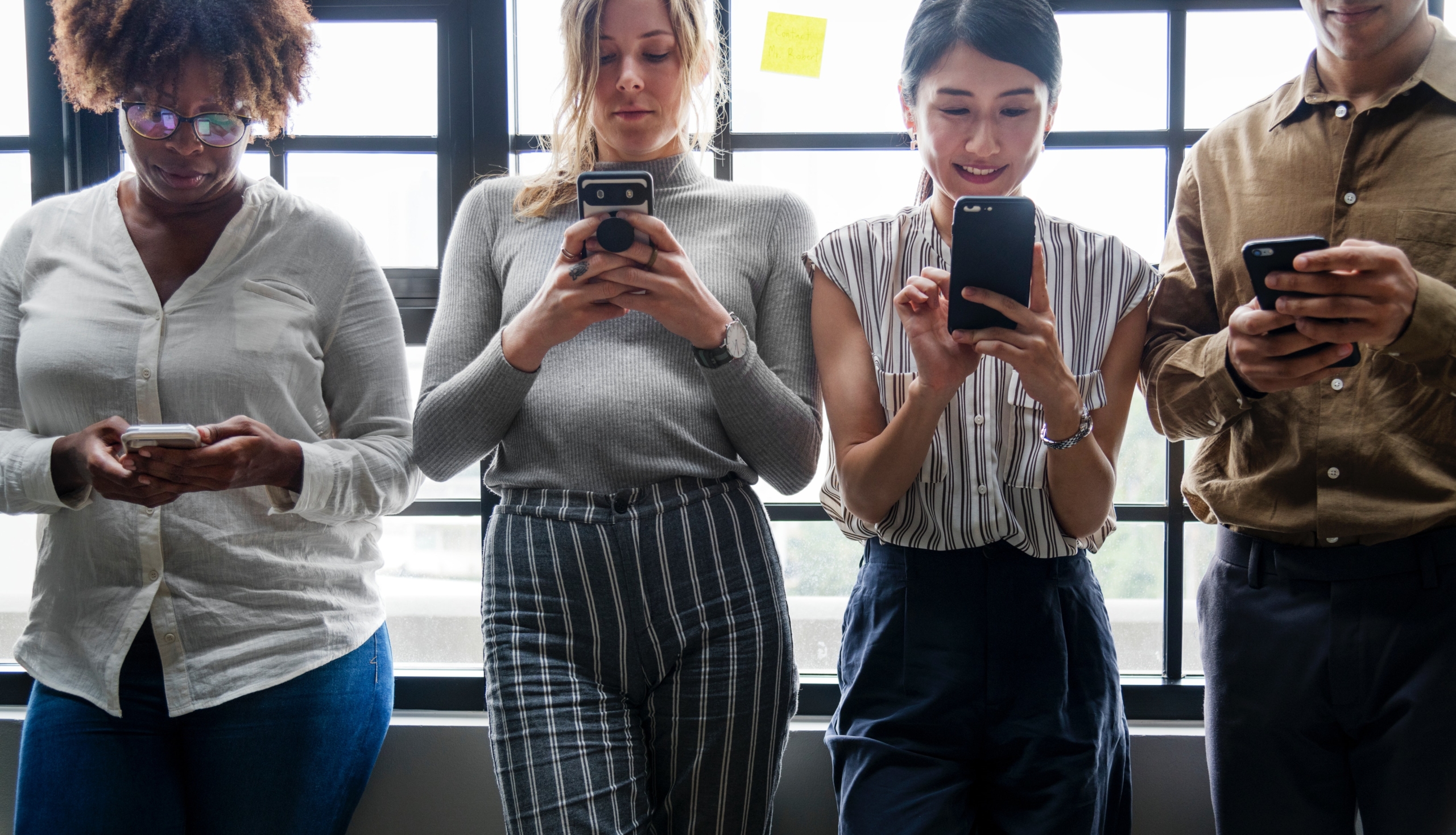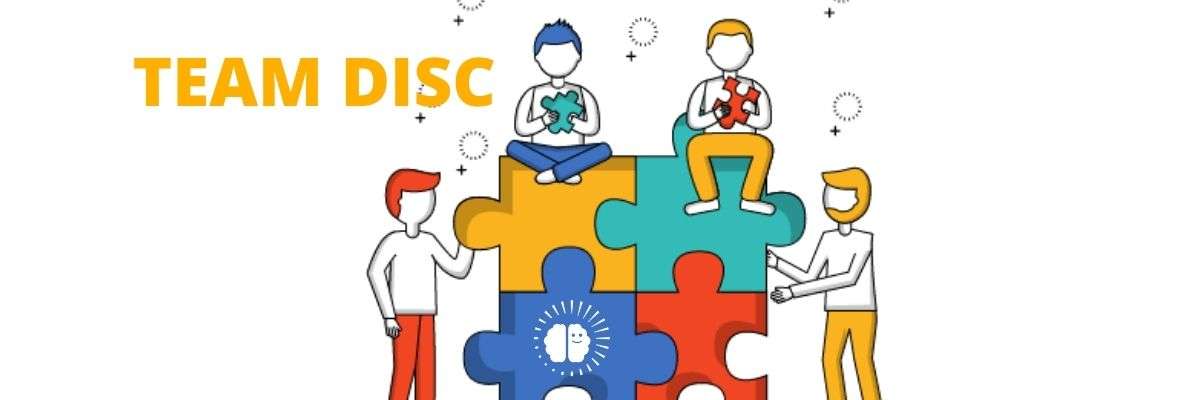- Do you pull out your phone whenever you have a moment of inactivity to surf on Instagram or Facebook?
- Are you disappointed if your latest post doesn’t get as many “likes” as your friend’s?
- Have you ever wanted to respond quickly to an email and 2 hours later you still find yourself in front of your computer browsing between your email inbox and the sites that send you newsletters?
Digital tools are designed to get you hooked
If you answer with one or more “yes”, I have good news for you: you are not alone! And it’s not even your fault, because digital tools are designed to get us hooked. Having worked in digital myself, I know very well the methods to “keep” users coming back and spending as much time as possible in an application or on a site – to sell the most products or show as many ads as possible. The equation is very simple: Time = money, the more time you spend in an app/on a site, the better!
Smartphone replaces solitude
In his book “Digital Minimalism” Cal Newport analyses our lives and the developments of digital uses in the last two decades and their consequences. The changes in human behavior following the launch of Facebook in 2004 (whose use really exploded after the introduction of “like” in 2010) and the iPhone in 2007 and the App Store in 2008 have been massive. We now have access to a continuous distraction from our thoughts by browsing on our smartphone. We receive irregular and variable rewards, like playing a slot machine. And we are addicted to it, as a result we crave these rewards in the form of like, like, retweet.

Digital minimalism takes us out of addiction
To change these unhealthy behaviors that harm our quality of life and consume so much time, Newport proposes a solution. Digital Minimalism®, a new philosophy that bases the use of digital tools on their usefulness to us, in relation to our needs, values and priorities in life. From now on, this is not a temporary phase of digital detox, which often brings us back to the same harmful behaviors, but a real change in our relationship to digital. This change, the “digital de-cluttering” that allows us to become masters of digital tools and use them to maximize our well-being and happiness, takes place in three steps.
- Analysis: list all the tools used, classification of the tools into mandatory (absolutely necessary for professional or personal life) and optional
- 30-day break: intense detoxification phase, elimination of all tools previously identified as optional and rigorous management of the use of mandatory tools. During this phase, the time freed up is used for (resuming) sports, social activities, crafts, etc. Meaningful and valuable activities replace the time previously lost in apps and sites.
- Designing a new tool management: after 30 days of detox, cognitive biases (the perceived importance of optional tools) are eliminated and new activities that increase the quality of life are put in place. This is the ideal time to take stock of the optional tools and to question their potential usefulness. This step is finalized by the new list of tools to be used and the rules of use. In the spirit of digital minimalism, you will voluntarily accept to give up the use of some tools that do not bring enough value to focus on a minimum of tools and leave more space (=time) for non-digital activities.
A series of workshops to guide you through the process
This new approach to digital management fascinates me and based on Newport’s ideas, I have developed a methodology dedicated to digital minimalism®. It is very important to prepare the analysis that is the basis of your detox phase. The good practices for the 30 days – which can be difficult since there are real addictions – will allow you to hold on. And once you’re past that stage, I facilitate the decision making. All this as a team – because we are not alone and sharing this topic is a great way to strengthen the bond in teams. Contact me to receive more information on this exclusive approach in France *I recommend this article by Tristan Harris which explains how digital tools can exploit our vulnerabilities






